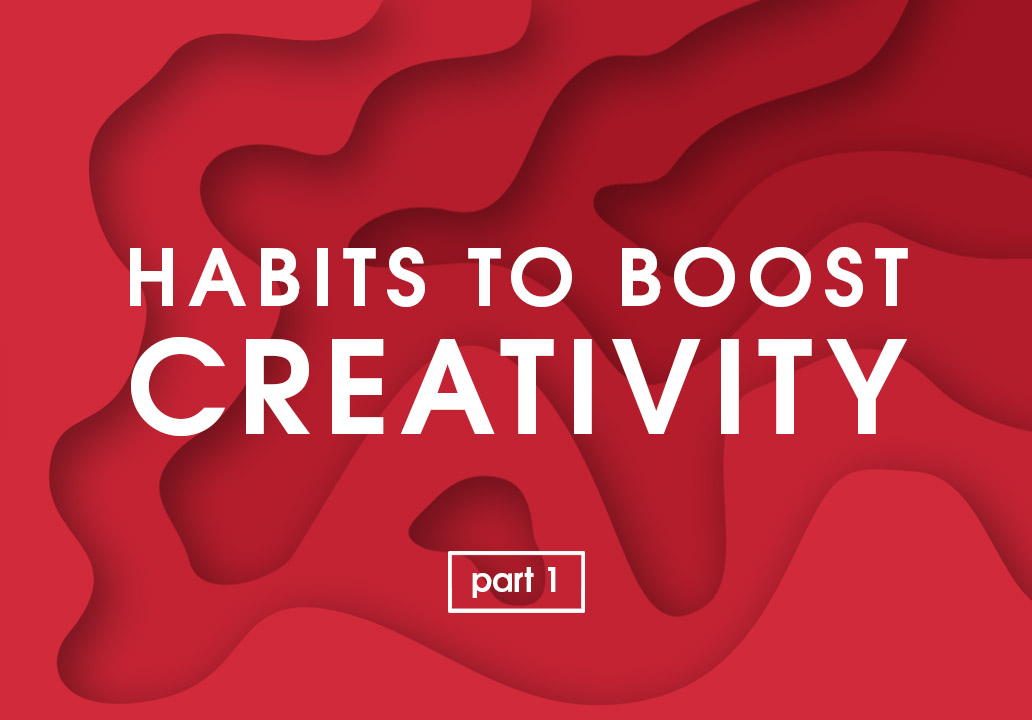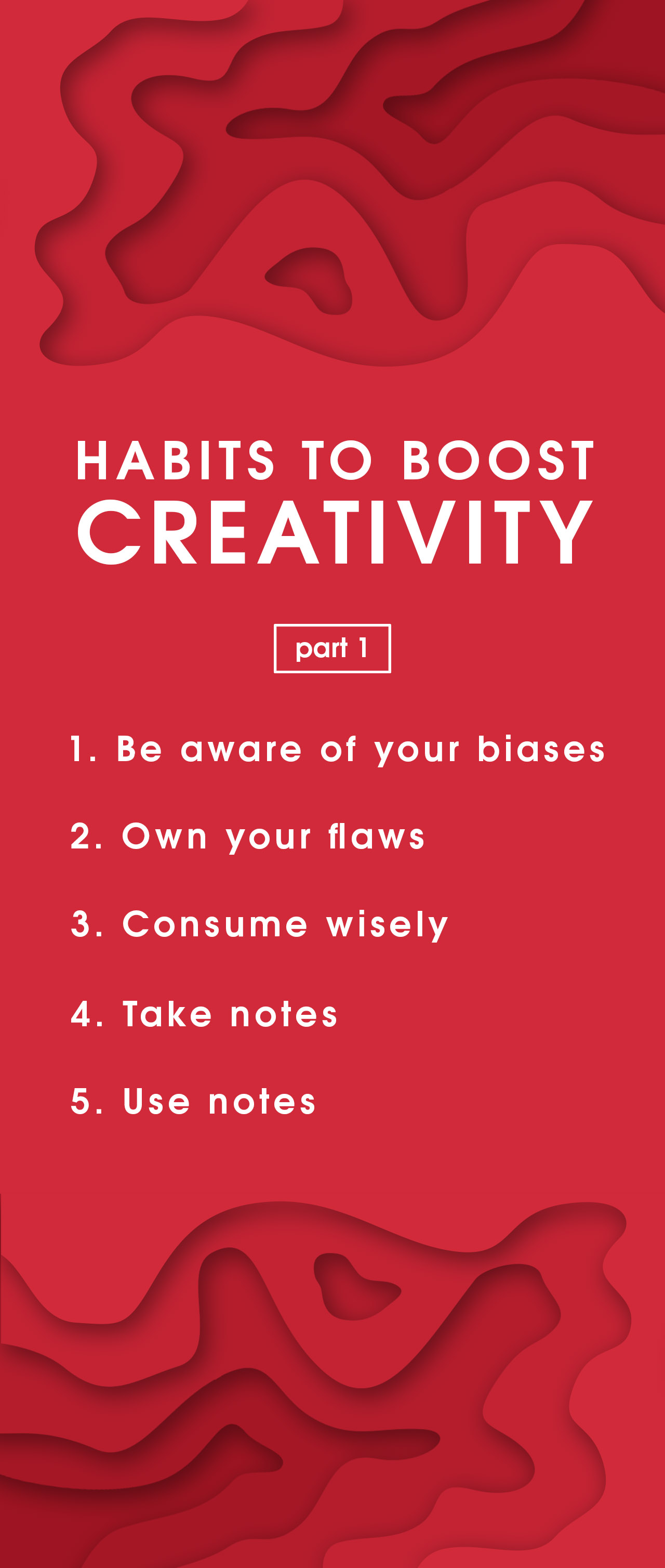
1. Be aware of your biases.
I hate country music, I only drink red wine, I think comic books are dumb and cubism is garbage. We are very good at drawing thick lines in thin air and swearing by them. There are many reasons we feel strongly about certain things and are quick to manifest it: from a desire to belong to a tribe and be accepted to simple snobbery.
Tim Minchin once said, “Define yourself by what you love.” I believe this life lesson is golden for everyone. Once you start running around with a hand full of black and white stickers, labeling everything around you, you start to avoid and distance yourself from whatever becomes blacklisted. While the reasons get forgotten with time, the feeling of annoyance, and anger, and hate grows stronger and stronger. It’s really hard to break out of this mindset. A change only comes after you realize what you are doing, ask yourself why you are doing it, and consciously decide to open yourself to new experiences.
In other words, if a friend of yours says she has two tickets for a musical she has being dying to see, and you do have nothing on your plate that evening, don’t tell her how much you despise musicals, but keep her company, look around, find something you like, something you don’t, and simply enjoy your time.
2. Own your flaws.
To me, owning your flaws means quite a few things, but all of them are rooted in self-awareness. Self-awareness in its turn requires you to observe and evaluate your skills, strengths, and weaknesses. The key here is honesty. If you take on a journey to explore all the hills and valleys, and thoroughly map them, you will find a place for you to grow. For a creative who often wears many hats, this knowledge is vital. Not only to keep improving yourself, but most importantly to make the right decision when you are offered a new project.
It seems like there are two types of people: some always say yes, others are terrified of designing a pamphlet if they only have experience in designing booklets.
There are times when clients ask you to create something you don’t necessarily have too much experience with. If the specs are set in stone, and the deadline is right around the corner, chances are you will benefit much more from turning the offer down. Simply saying NO might cut off the relationship all together, while being honest, explaining that you don’t want to sabotage the project, ideally offering help in figuring out the right solution, perhaps recommending the right person, might establish a solid foundation for a fruitful relationship for years to come.
Imagine being approached by a publisher to create a coffee table book, and the initial idea is revolving around illustrations, but you happen to be not too confident in your drawing skills. Do you excuse your way out of it? Or say yes and pray that the purple hedgehog you drew in kindergarten would be good enough?
Personally, I prefer to learn by doing, and I do my very best to be realistic about the results I am able to deliver in the set circumstances. Having said that, what I would suggest doing in this situation is to ask questions about the project, about the inspiration behind it, who the target audience is. You may learn that they want abstraction, or hand-drawn illustrations. Perhaps they are after flat design, for which drawing skills are not necessary, or they would love to experiment with papercutting. There’s also a high chance that actually they don’t care about illustrations at all and are open to whatever creative suggestions you have.
One of the most important projects of your career will be knocking on your door disguised as a missed opportunity.
3. Consume wisely.
From the moment we open our eyes in the morning to the moment we close them at night, we are exposed to the ultimate source of inspiration – the Universe. Shapes of the furniture in your bedroom, colors of your toothpaste, patterns on the ceiling in a post office, font on the bus schedule, birds, flowers, commercials, architecture. Of course it’s not humanly possible to go full Sherlock Holmes 24/7 paying attention to the color of the dirt on the left shoe of you neighbor’s daughter. But a habit of being able to catch yourself staring at an oddly satisfying color combination of snacks at a gas station will teach you to channel the world around you into your work.
The same goes to the things that make you cringe. You’ve just finished reading a book you didn’t particularly like? Instead of rolling your eyes and twitting about it in all caps, take a minute to explain to yourself what were the things you liked, what went wrong and how it could’ve been improved.
So, next time you are watching a movie, ask yourself if you want to dive into its world and be entertained or you are going to case study the choices its creators made and learn.
4. Take notes.
When you are attentive to the world around you, even the most insignificant thing can serve as a spark, which will cause a chain reaction of thoughts and feelings.
Ideas are the currency of the creative kind. For some, its change unnoticeably lost in the darkest corners of the couch, while others save and invest. Let’s be real, though: without execution, ideas are mostly useless. A story of how you once wanted to film a documentary in the Amazon will not have your grandchildren on the edge of their seats. Sure, it doesn’t mean that the one you do end up filming will. But the more shots you take, the more opportunities you get to score.
In simple words, you need ideas. Not just one. Or two. You need a lot. And because of the fleeting nature of ideas, you need to start collecting and organizing those precious sparks now. Get into the habit of writing them down immediately, even when you are snuggling in your warm bed on a cold winter night. No, you will not remember that catchy tune in the morning. Right now.
People will recommend fancy apps which you can download for free with one click. Well, when the muse sparks your mind up, even scribbling it down on your hand with a pen is good enough, so, sure, use an app as a net to catch beautiful butterflies. But for a hub of your ideas, an old-school physical notebook is the way to go. Keep it clean, organized, bullshit-free.
A game-changing tip here is to diversify the way you make notes. Instead of one monolithic piece of text you will probably never bother to read ever again, write down keywords, in different fonts, styles, colors, add quick simple sketches. When every page is unique, yet well organized, you will create a mental map of those notes in your head and will be able to effectively navigate through them.
5. Use notes.
Collecting ideas just to have them collecting dust is blasphemous in my book. There’s only 24 hours in a day, so you will never be able to close every time. After all, not all ideas are equal, some will be a waste of time, and some will make you question your past self’s mental health. But when you have a bucket full of ideas, you can sift through them for gold, share them, lend them and of course invest in the most promising ones.
Even with a vague mental map of your ideas hub, you can quickly noodle for a solution or inspiration. From time to time, flip through it just because.
As for me, I’ve been making notes since high school. And I have to say it feels orgasmic to find the last missing piece of a puzzle in some scribbles you’ve bothered to make a decade ago.



